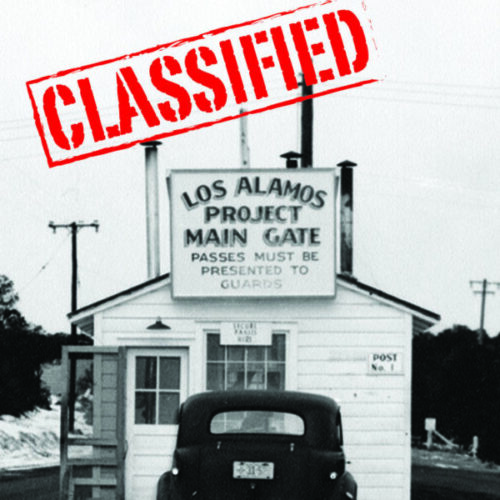Rice is one of the oldest and most diversified grains used in cuisine. There’s long grain rice, short grain rice, wild rice, and a host of specialty rices, my most common are basmati, and Jasmine. There are also different rice textures depending on the application. Sometimes you wan the rice sticky and other times you want it not to clump, sometimes you want to add flavors and color and other times you just want plain old rice. Virtually all cultures use rice in some form, and they each bring a different nuance that make the rice journey an adventure.
In general, wild rice is not a substitute in rice dishes, but it depends. I often use black rice just for the plating effect. It is a little more tricky to cook, but the wow factor when served is worth it. In this overview, we focus on the three most common methods for cooking rice. These methods can be all inclusive or just a base that gets more involved if your making a rice pilaff or saffron rice.
In general, the ratio of water to rice when cooking is 2:1, but it can vary depending on the rice you’re making and the tools/technique used.
Stove Top Rice: This is my go-to method for making rice as the gentle toasting of the grains brings out a rich rice taste and creates a better texture than the other rice cooking techniques. You see this technique often used in non-Asian cuisine. This recipe is for stove top rice, which is of course the only real way to make flavorful rice.
- Ingredients: 1 cup rice, 12 oz water, 1 TBL olive oil (or butter), 1 tsp Kosher salt.
- Process
- Heat a sauce pan on med/high.
- Add oil and let warm.
- Add rice and coat in oil. Cook until rice starts to toast (get hots but not change color)
- Add water, salt, and bring to boil.
- Reduce to a simmer.
- Cook covered for ~15 mins on low heat.
- Remove from heat and let sit for 10 mins to finish.
- Fluff with a fork.
There are a lot of different things you can do between steps, like add garlic or lime zest, or saffron, etc. But those will usually be called out in the recipe.
Rice Cooker Rice: Easily the quickest and most convenient way to cook rice, but also the uninteresting. When you’re just throwing a rice meal together or the entree will be overwhelmed with sauces (a la Chinese cuisine), then this likely the best approach.
- Soak/rinse your rice for a few minutes before cooking. This not only cleans the dirt and chemicals off, but it removes some of the starch.
- If you want sticky rice, you may want to skip this step and live with the chemicals and dirt
- Follow the directions on your cooker: in general 2 cups water and 1 cup rice poured into the rice cooker and turn it on. Ten to 20 mins later your rice is ready.
- Do not rinse or add butter unless it the recipe says to, you don’t want to have to chase a thousand slippery grains around your plate.
Boiled Rice: This is stove top version of rice cooker rice. It was my Mon’s usual method, but I don’t care for the inconsistent way the rice turns out. If you don’t own a rice cooker, this will work for Asian cuisines as the entrees, complete the meal. However, if rice is at the forefront of your plate, not the best method.
- Soak/rinse your rice for a few minutes before cooking.
- If you want sticky rice, you may want to skip this step and live with the crud.
- Bring 2 cups water to a boil.
- Add 1 tsp Kosher salt.
- Add 1 cup rice and stir until water again boils.
- Reduce heat to simmer.
- Cover pot and let simmer on low heat ~15 mins.
- Remove heat and let rice rest in pot for 10 mins.
- Fluff with fork and transfer to serving bowl.

